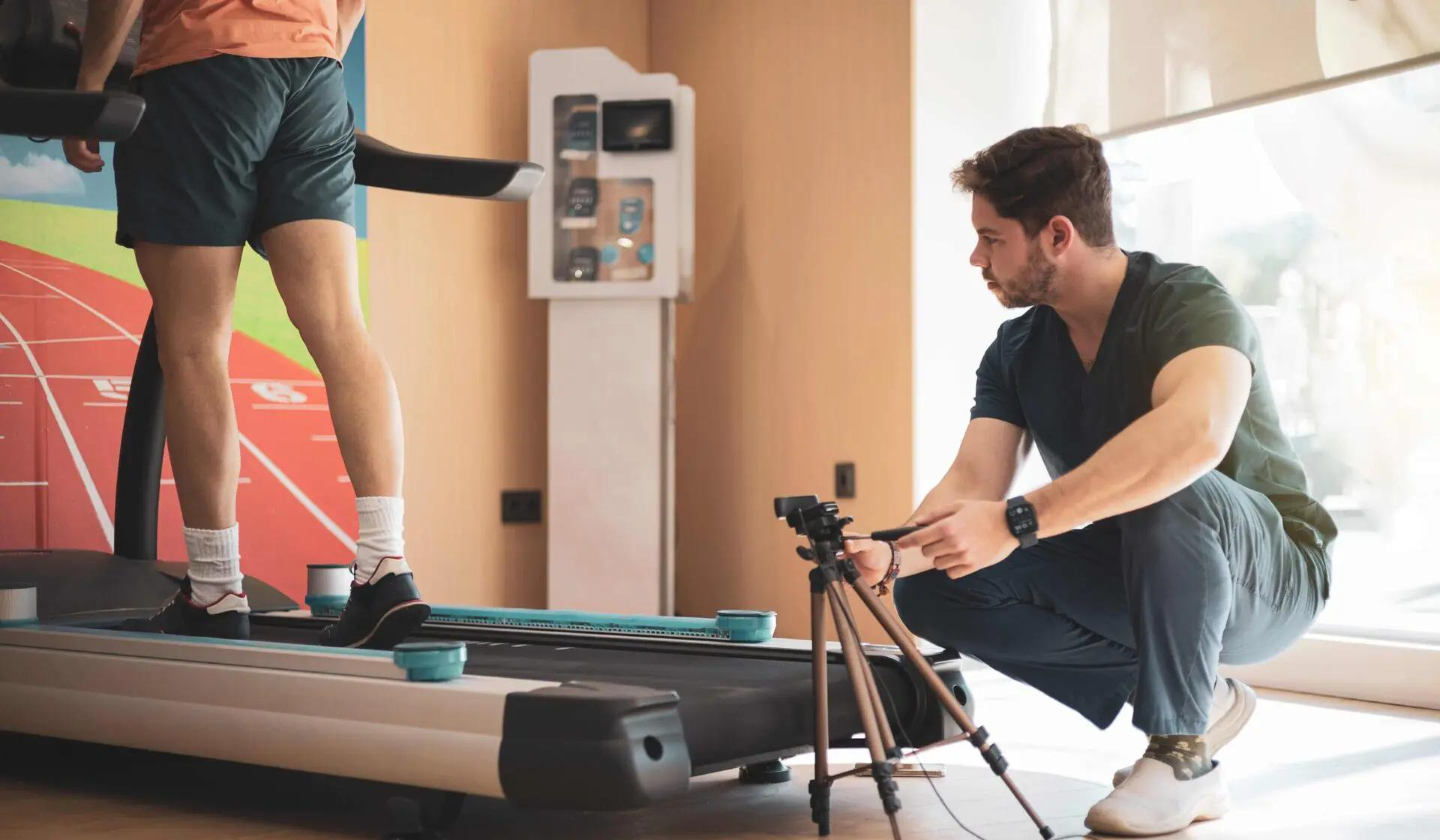Video analysis

About Video analysis
Video analysis in sports has become an invaluable tool for evaluating biomechanics, identifying areas for improvement, and enhancing performance. Here’s how it can aid in injury prevention, sports performance, pain management, and rehabilitation:
- Video analysis allows coaches, trainers, and athletes to break down movements frame by frame to assess technique and identify biomechanical flaws or inefficiencies.
- By pinpointing areas of concern such as improper body alignment, faulty movement patterns, or asymmetries, adjustments can be made to optimize performance and reduce the risk of injury.
- Analyzing video footage of training sessions or competitions helps athletes and coaches identify strengths and weaknesses, enabling targeted training interventions.
- Video feedback allows athletes to visualize their movements and make real-time adjustments to refine technique, enhance efficiency, and maximize performance outcomes.
- Video analysis can identify movement patterns or training habits that may predispose athletes to injury, such as overpronation in running or improper landing mechanics in jumping sports.
- By addressing biomechanical deficiencies through targeted interventions, such as corrective exercises or technique modifications, the risk of overuse injuries or acute injuries can be mitigated.
- Video analysis can help identify movement patterns or compensations that may contribute to pain or discomfort during sports participation.
- By addressing biomechanical factors contributing to pain, such as muscle imbalances, poor alignment, or faulty movement mechanics, strategies can be implemented to alleviate symptoms and improve function.
- Video analysis is a valuable tool for monitoring progress and assessing movement quality during the rehabilitation process.
- Therapists can use video feedback to guide patients through proper exercise execution, monitor form and technique, and track improvements over time.
- By identifying movement compensations or limitations, tailored rehabilitation programs can be developed to address underlying biomechanical issues and facilitate optimal recovery.
- Advanced video analysis software may offer features for quantitative analysis, such as measuring joint angles, velocity, acceleration, or force production.
- This data can provide objective metrics for assessing performance, tracking progress, and identifying areas for improvement with greater precision.
Provide exercises and education to address musculoskeletal changes, pelvic floor dysfunction, and core stability issues associated with pregnancy and childbirth. Emphasize safe and appropriate exercise progression throughout pregnancy and postpartum recovery.
Focus on maintaining or improving functional independence, mobility, and quality of life in older adults. Include exercises to address balance, strength, flexibility, and cardiovascular fitness, with modifications to accommodate age-related changes and comorbidities.
Post-Cardiac Surgery or Heart Attack: Implement a comprehensive program to improve cardiovascular fitness, reduce risk factors for heart disease, and promote overall cardiac health. Include aerobic exercise, strength training, education on heart-healthy lifestyle habits, and psychosocial support.
Provide exercises to improve respiratory function, endurance, and dyspnea management. Incorporate breathing exercises, aerobic conditioning, and energy conservation techniques to enhance pulmonary rehabilitation.
In summary, video analysis is a powerful tool for evaluating biomechanics, enhancing performance, preventing injuries, managing pain, and facilitating rehabilitation in sports. By leveraging video technology to assess movement patterns and make data-driven decisions, athletes and sports professionals can optimize training strategies, maximize performance outcomes, and promote long-term athletic success.
Performances
Contact Us
- 21/1, Kellys Road, Kilpauk, Chennai - 600010, Tamil Nadu, INDIA
- +91 95667 88054
- alignpeakphysio@gmail.com
